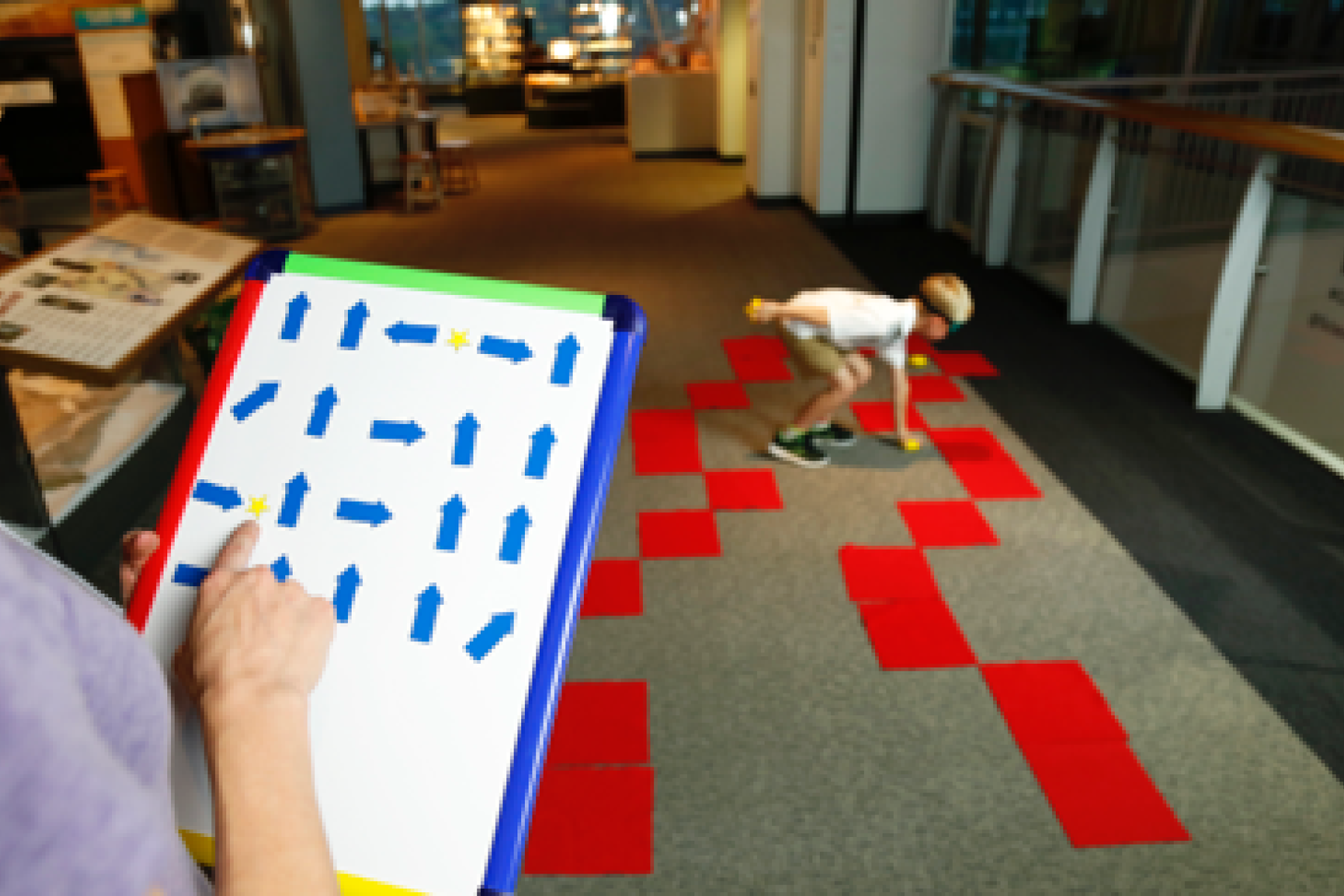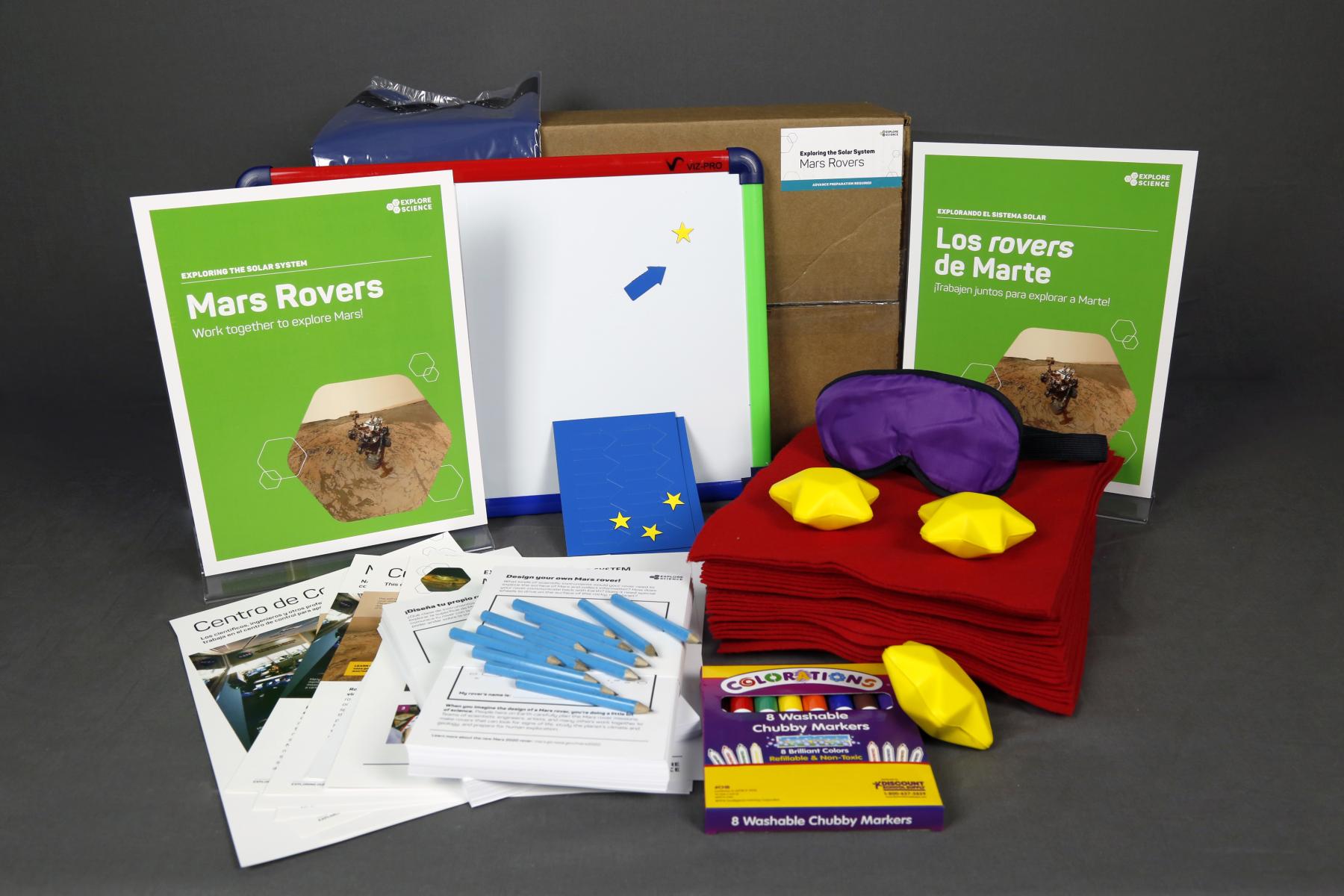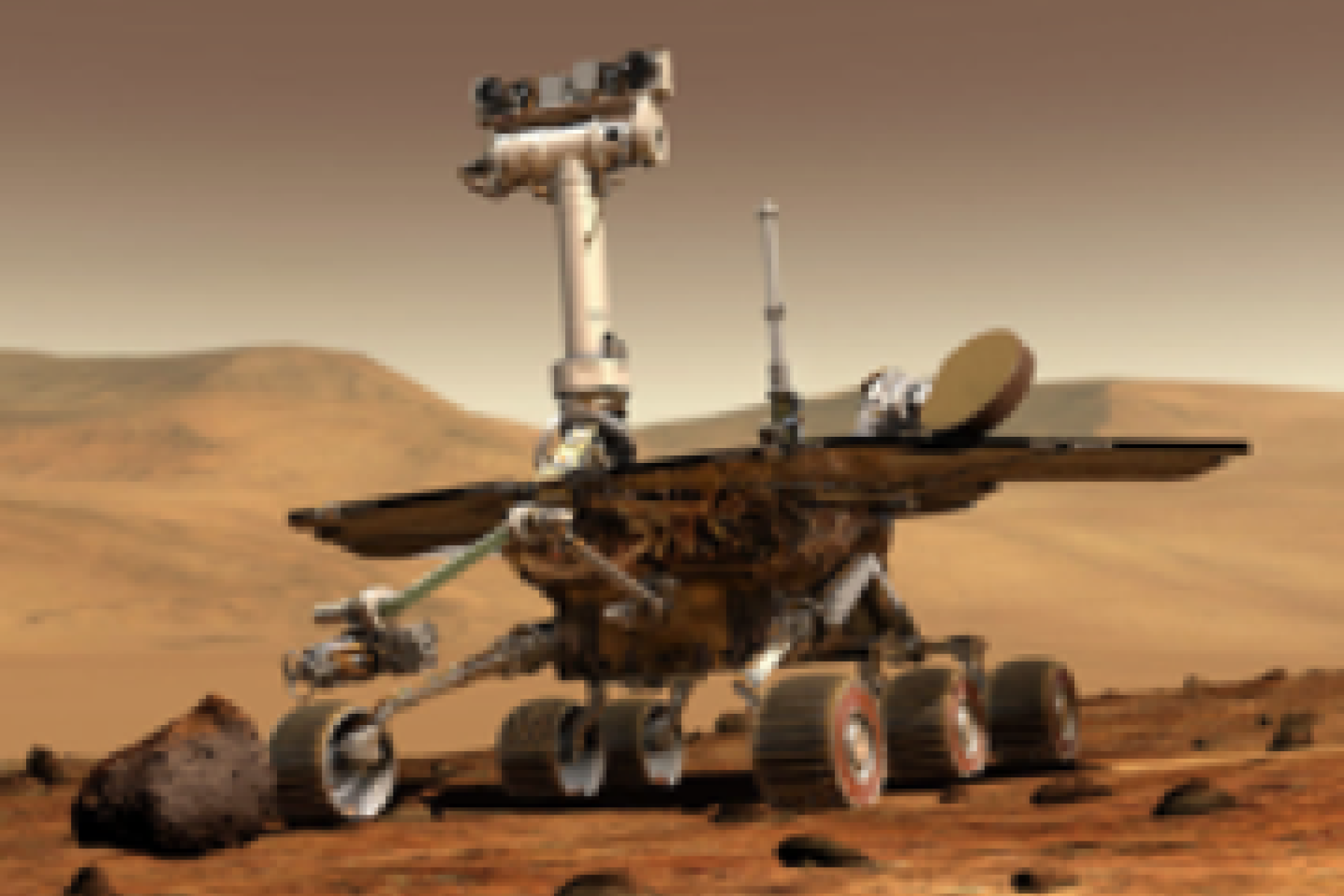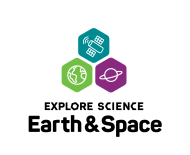DESCRIPTION
In "Exploring the Solar System: Mars Rovers," participants learn about how scientists and engineers use robotic rovers and other vehicles to explore distant worlds, and experience some of the challenges and teamwork required to navigate a rover across the surface of a planet millions of miles away. Players acting as "Mission Control" and a "Rover" must work together to navigate a large obstacle course. Participants can also design their own rover to fit the particular challenges of exploring a distant planet.
DESCRIPTION
In "Exploring the Solar System: Mars Rovers," participants learn about how scientists and engineers use robotic rovers and other vehicles to explore distant worlds, and experience some of the challenges and teamwork required to navigate a rover across the surface of a planet millions of miles away. Players acting as "Mission Control" and a "Rover" must work together to navigate a large obstacle course. Participants can also design their own rover to fit the particular challenges of exploring a distant planet.
TRAINING VIDEOS
OBJECTIVES
LEARNING GOALS
• Teams of scientists and engineers use rovers and other robotic vehicles to explore distant worlds.
• Rover missions, like those to Mars, are carefully planned here on Earth.
• NASA missions require large teams of people working together.
DOWNLOAD FILES
- Mars Rovers activity guide (PDF)
- Mars Rovers activity guide (DOCX)
- Mars Rovers facilitator guide (PDF)
- Mars Rovers info sheet "Curiosity Explores Mars" (PDF)
- Mars Rovers info sheet "Mission Control" (PDF)
- Mars Rovers floor map (PDF)
- Mars Rovers table sign (Spanish pdf)
- Mars Rovers worksheet (pdf)
- Mars InSight probe infosheet (PDF)
- Mars Rovers materials (JPG)
- Mars Rovers activity guide (Spanish) (PDF)
- Mars Rovers activity guide (Spanish) (DOCX)
- Mars Rovers info sheet "Curiosity Explores Mars" (Spanish) (PDF)
- Mars Rovers info sheet "Mission Control" (Spanish) (PDF)
- Mars Rovers table sign (Spanish) (PDF)
- Mars Rovers worksheet (Spanish) (PDF)
- Mars InSight probe infosheet (Spanish) (PDF)
Credits
The Science Museum of Minnesota
This material is based upon work supported by NASA under cooperative agreement award number NNX16AC67A. Any opinions, findings, and conclusions or recommendations expressed in this material are those of the author(s) and do not necessarily reflect the view of the National Aeronautics and Space Administration (NASA).
Creative Commons Attribution Non-Commercial Share Alike 3.0 United States (CC BY-NC-SA 3.0 US).
View more details

NISE Network products are developed through an iterative collaborative process that includes scientific review, peer review, and visitor evaluation in accordance with an inclusive audiences approach. Products are designed to be easily edited and adapted for different audiences under a Creative Commons Attribution Non-Commercial Share Alike license. To learn more, visit our Development Process page.




